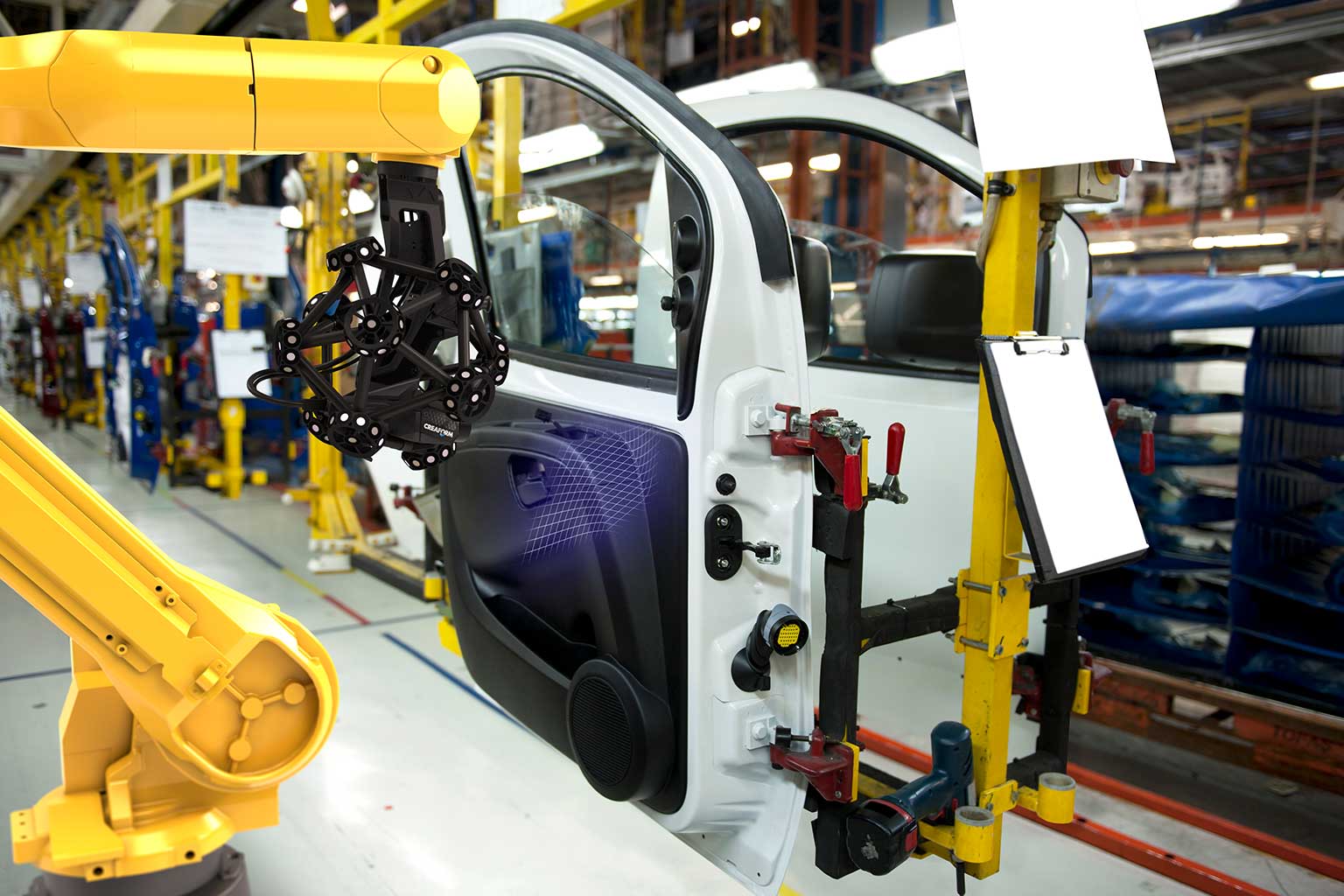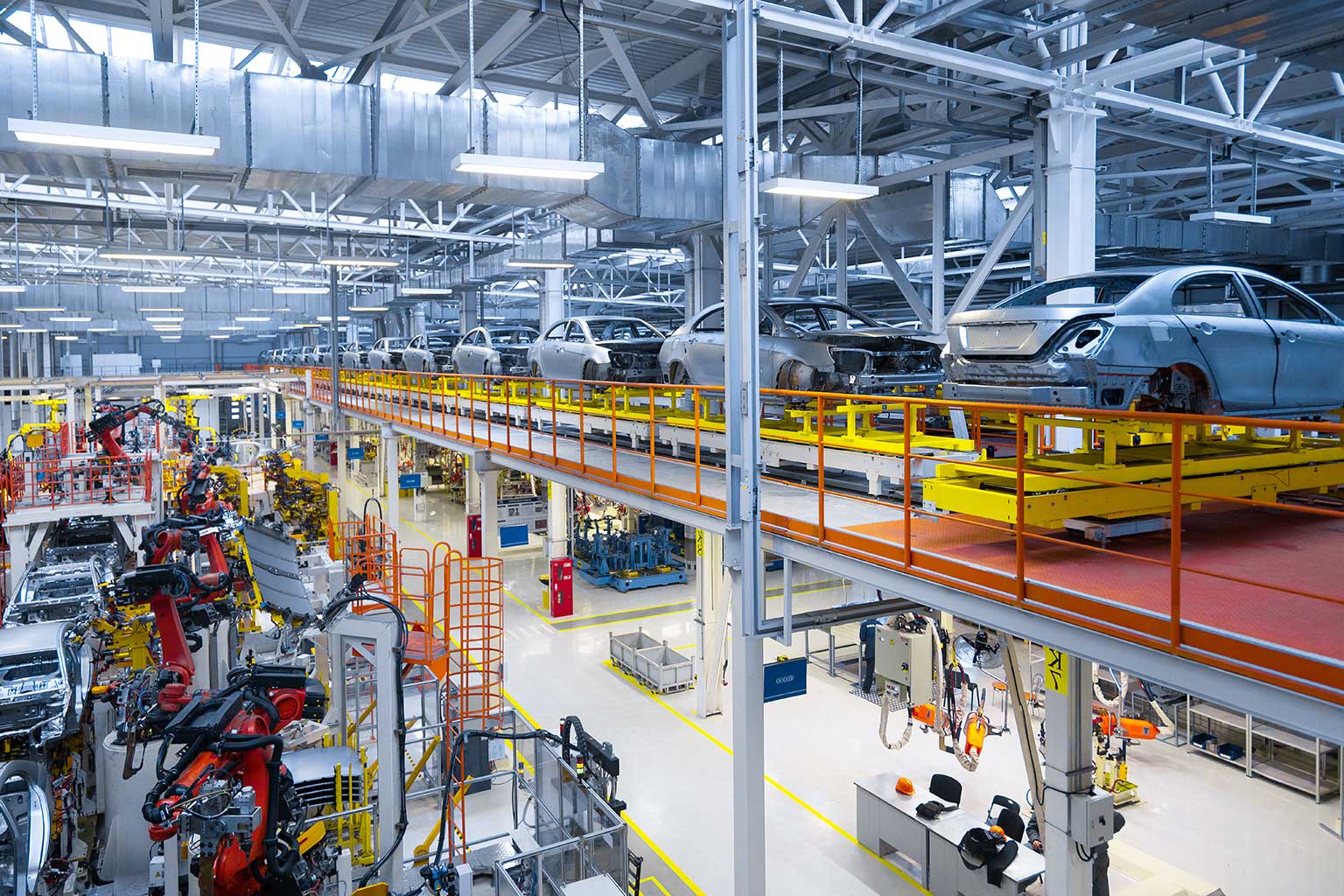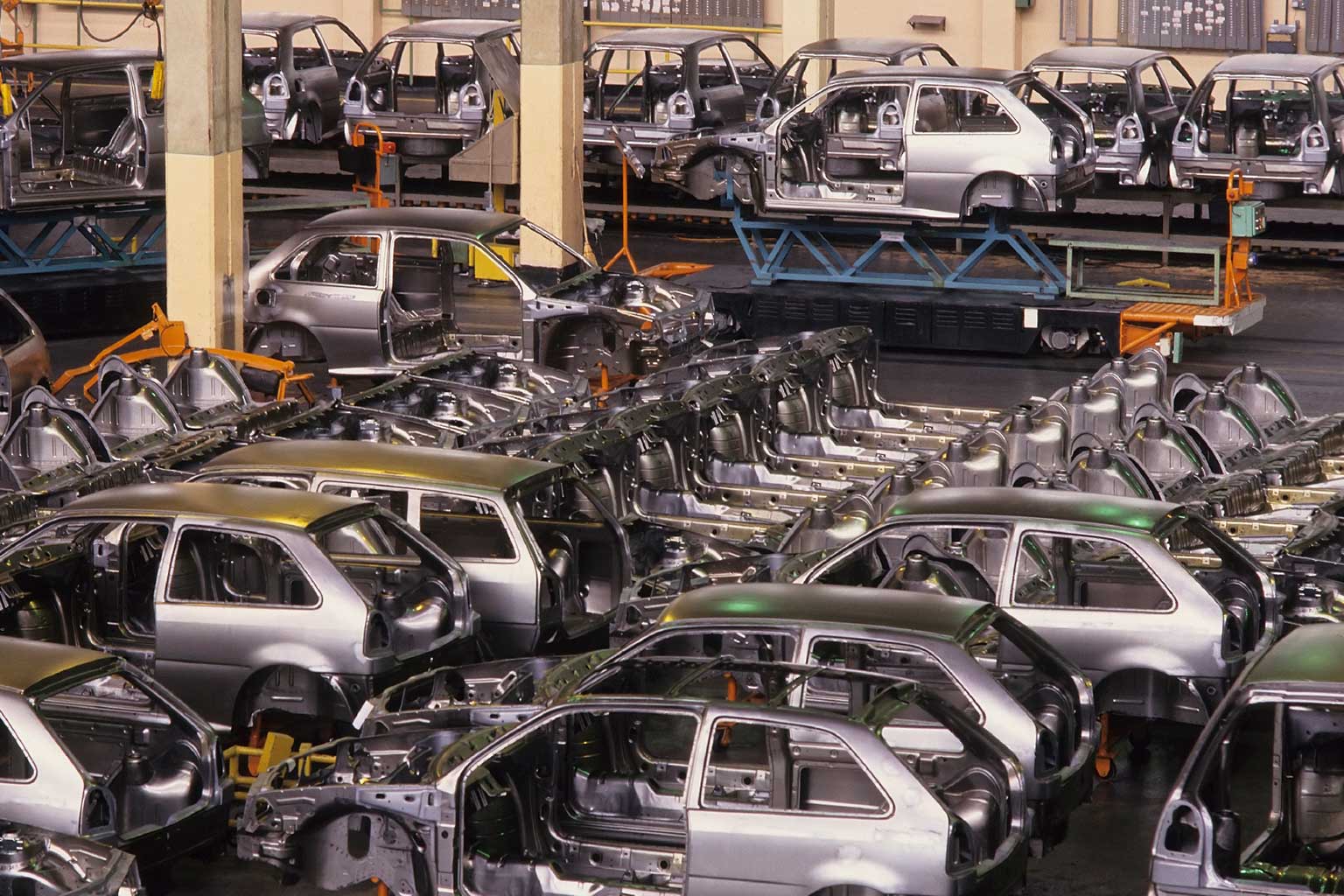In today’s hypercompetitive market, manufacturing companies face a multitude of challenges on their production lines. Many of those are connected to the quality control process, which aims to ensure the quality of the products being manufactured and sent out to the clients.
A solution often brought forward to tackle this task is the use of a coordinate measurement machine (CMM). However, traditional CMMs come with their own set of issues, such as delays in productivity, difficulties in recruitment, and challenges in measuring complex parts, to name a few. And in such a high-speed environment, the smallest productivity slowdowns, added expenses, or simple mistakes can take their financial toll on a business and can translate into a loss of contracts and customers’ trust.
How to detect assembly problems earlier, reduce scrap and downtime

While traditional CMM can be very precise, its complexity of use and limited speed can delay important information-based decisions. As only a few experts and professionals can execute these tasks and the measurements are taken outside the production line, it can create significant delays in applying corrective measures, which can generate scraps and downtime.
A different approach to quality control aims at addressing these specific challenges: automated 3D scanning solutions.
Is automation an option to increase productivity?

Over the past few years, global manufacturing industries have come up with increasingly complex parts and assembly designs to address hypercompetitive markets. However, the diversity of such intricate components requires more advanced quality control processes.
What causes bottlenecks?
Too often, quality control inspections are performed in a room isolated from the production floor where temperature and humidity variations and vibrations are limited. Quality control experts must take samples from the production floor to the quality control lab to perform the dimensional inspection with a traditional CMM. These part movements have several major negative impacts. For one, it requires a considerable amount of time and effort to move the parts back and forth from the production line to the lab, often creating unmanageable bottlenecks at the various measurement stations and extended delays in decision-making.
Inspection on the production line
To mitigate these issues and along with the increasing implementation of Industry 4.0, manufacturers require that quality control inspections be conducted right on or very near the production line to maximize efficiency and streamline communication throughout their entire manufacturing processes.
As a result, there has never been a greater need to perform dimensional inspections within the production cycle using automated near-line or in-line metrology solutions.
However, if inspections are carried out on production lines, the inspection pace must follow the production pace to avoid affecting productivity. A stop of production due to inspection bottlenecks costs a lot of money. Therefore, the return on investment of an automated quality control solution is very high.
Solution: Automated 3D Scanning
Thanks to new technology and advances in science, manufacturers are using next-generation 3D scanning solutions with unprecedented data acquisition speeds of up to 1.5M measurements/second and faster mesh generations. A mix of high-performance cameras and computer components helps to increase data acquisition and processing speeds. In other words, 3D scanning measuring machines provide a solution that can scan parts continuously, faster than ever. Scanners can even adjust their settings during the scan process to optimize surface acquisition according to different textures and colors. This is a major enhancement since we can scan shiny black and matte white surfaces on the same part.
Increasing Automated Inspection Productivity
By using automated 3D scanners, quality control teams can perform more inspections per hour. Problems, defects, and irregularities can be detected earlier for immediate or future actions. In addition, equipment maintenance and corrective measures in the manufacturing process can be identified and planned ahead. With the possibility to be connected directly with production databases, the information can be automatically synchronized to save even more time.
In short, the number of default parts that must be rebuilt decreases, the rate of discarded pieces compared to manufactured parts also decreases, and more parts are manufactured and sold with the same amount of raw material. Again, the return on investment is obviously a winning factor with this kind of solution.
Automated quality control solutions for part complexity and finish variety

One of the major factors that are often dismissed but can have a significant impact on the total measuring time is the sensibility of surface finishes from 3D scanners. When talking about automated inspection solutions, cycle time is always a key metric in the choice of new technology. However, to calculate the true cycle time of a process correctly, it’s not enough to look only at the measurement rate of 3D scanners.
For operators on the shop floor, the most impactful parameters of their performance are both the measurement rate and the scanning area. Studying these two parameters at the same time gives users a realistic 3D scanning experience. Once you know accurately how much time it takes to scan 1 square meter, it’s much easier to scale that efficiency for several part types and families.
Ways to avoid impact on inspection performances?
However, to calculate the true cycle time for a complete operation, it’s critical to measure the time required to prepare the part and to clean it after the measurements. In fact, knowing if a part needs to be painted or if it requires powder to cover the surface finish is also a key factor in evaluating what to choose an automated 3D metrology technology, as it will require human resources to complete these additional operations.
Typically, area-based scanners or structured light 3D scanners are extremely sensitive to surface finish. The volumetric accuracy is often directly affected if users scan black, white, or shiny material. To avoid such impact on the scanner performance, it sometimes requires preparing the part before scanning it. Even then, the scanning process may have to be slowed down and might require more measurements. Also, when doing such preparation, it’s important to remember that cleaning the part after will also be required, both manual operations that need to be carried out within the production cycle time. When keeping up with the production pace is not possible, moving to better technology may be interesting.
These days, the best 3D scanners in the world can deal with different surface materials and surface finishes without having to apply any powder or paint before launching the acquisition. Not only do they provide the best 3D scanning experience (points per second combined with scanning area), it’s the best solution to tackle various part sizes, shapes, and surface finishes.
This content was originally published on the Creaform website.

